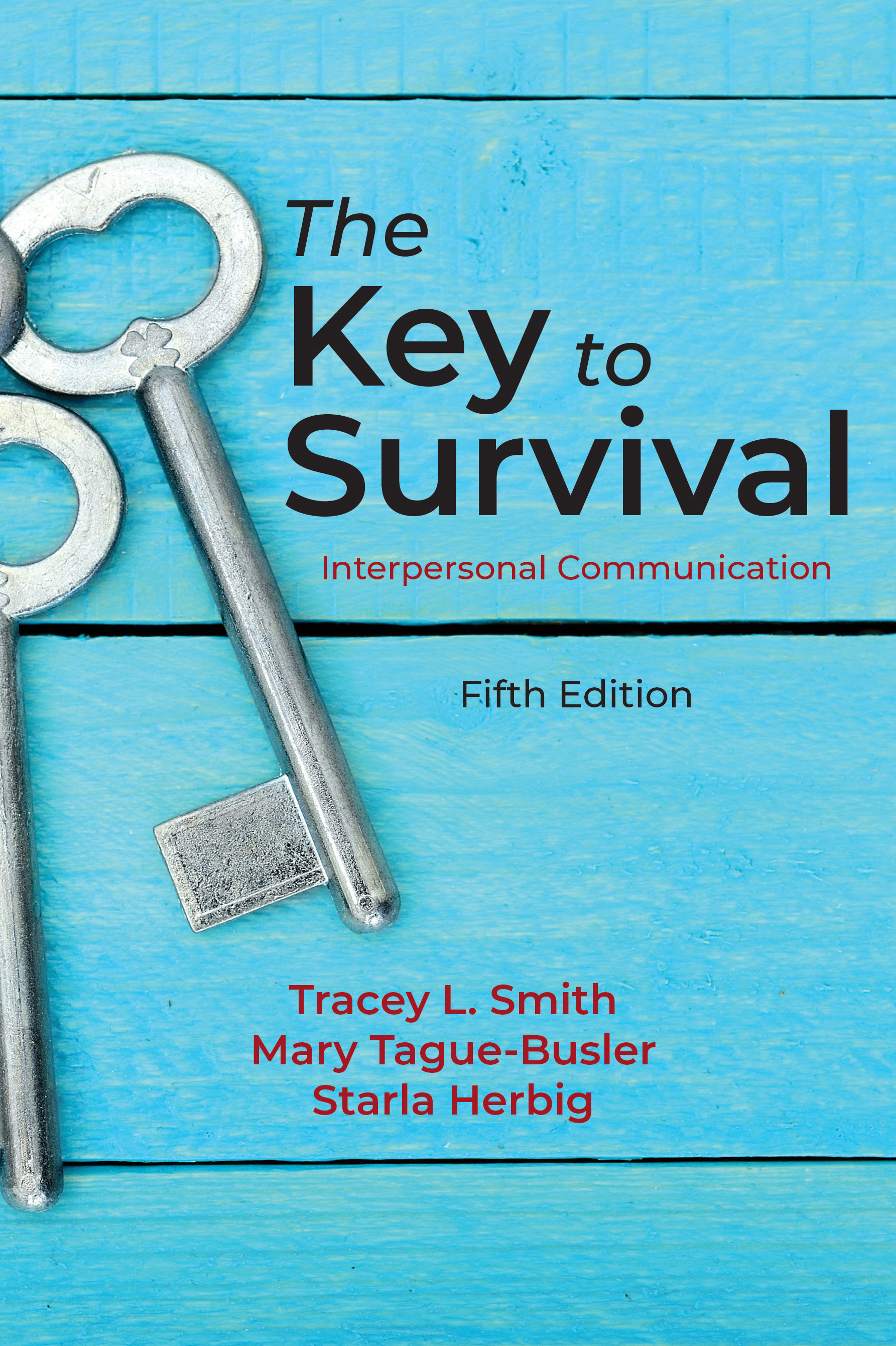1. An Introduction to Communication
Why Study Communication? / Why We Communicate / Basic Communication Axioms / Basic Communication Terms / Basic Communication Model / Conclusion
2. Self-Concept and Self-Esteem
What Are Self-Concept and Self-Esteem? / How Is Our Self-Concept Formed? / Characteristics of the Self / Communication and the Self / Making Positive Changes / Conclusion
3. Verbal Communication
What Is Verbal Communication? / Uses of Verbal Communication / Characteristics of Verbal Communication / Categories of Verbal Communication / Misuse of Verbal Communication / Language: Influence and Effects / Suggestions for Effective Verbal Communication / Conclusion
4. Nonverbal Communication
What Is Nonverbal Communication? / Uses of Nonverbal Communication / Characteristics of Nonverbal Communication / Categories of Nonverbal Cues / Misuse of Nonverbal Communication / Suggestions for Effective Nonverbal Communication / Conclusion
5. Listening
What Is Listening? / The Listening Process / Not Listening Can Be Troublesome and Costly / Why We Don't Listen / Benefits to Listening / Becoming a Better Listener / Conclusion
6. Self-Disclosure
Self-Disclosure Defined / Self-Disclosure Involves Choice / Self-Disclosure Involves Risk / Self-Disclosure Can Be Positive / Why Do We Avoid Self-Disclosure? / Self-Disclosure Is Distinct / Self-Disclosure Is Challenging / Guidelines for Self-Disclosure / Self-Disclosure in Five Easy Steps / Conclusion
7. Gender Communication
What Is Gender Communication? / Why Are Men and Women So Different? / Misunderstandings Cause Cross-Communication / Avoid Cross-Communication / Quick Tips / Conclusion
8. Perception
What Is Perception? / Physiological Factors / Psychological Factors / Perception Is a Process / Challenges to the Perception Process / Conclusion
9. Defensiveness
What Is Defensiveness? / Defensiveness Is Natural / Defense-Producing Behaviors / Defense Mechanisms / Defense-Eliminating Behaviors / Decreasing Your Own Defensiveness / Conclusion
10. Conflict
What Is Conflict? / What Contributes to Conflict? / Types of Conflict / Conflict Styles / Approaches to Conflict / Conflict and Change / Conclusion
11. Electronic Communication
What Is Electronic Communication? / Characteristics of Electronic Communication / Misuses of Electronic Communication / Suggestions for Effective Electronic Communication / Communicating Effectively as an Online Student / Conclusion
Epilogue: The Susan and Jason Saga
Glossary

238 pages, $33.95 list
1-4786-3865-6
978-1-4786-3865-0
© 2021
paperback
eBook availability
Also by
Tracey L. Smith
Tracey L. Smith
Also by
Mary Tague-Busler
Mary Tague-Busler
The Key to Survival
Interpersonal Communication
Fifth Edition
Effective communication is essential to meeting basic human needs. In the latest edition of their popular text, Smith and Tague-Busler are joined by new author Starla Herbig in presenting interpersonal communication concepts and techniques in a lively, accessible manner. Updated examples and exercises enhance established chapter coverage and minor reorganization prompts readers to explore the role of self-concept and self-esteem in their interactions with others before authors introduce elements of interpersonal communication.
Affordable and straightforward, The Key to Survival is intended for those with varying backgrounds. Engaging chapter-opener narratives link common miscommunication experiences to essential topics. Boxes throughout chapters provide sidebar commentary on primary topics and approachable exercises. Key terms, discussion questions, and a comprehensive glossary support an enjoyable teaching and learning experience.
Affordable and straightforward, The Key to Survival is intended for those with varying backgrounds. Engaging chapter-opener narratives link common miscommunication experiences to essential topics. Boxes throughout chapters provide sidebar commentary on primary topics and approachable exercises. Key terms, discussion questions, and a comprehensive glossary support an enjoyable teaching and learning experience.